Mia Liu’s (劉文瑄) first performance art piece took place at New York’s Guggenheim Museum. Well, kind of. Liu, 31, had been working at the museum as a ticket taker while doing an MFA at Hunter College when she came up with the idea of printing the title of her own show on the museum’s tickets. Fearful of losing her job, however, she only handed out a few. She then came up with another plan — to display her work in the museum’s staff room.
“Then I could put on my resume that I’d had a solo show at the Guggenheim,” Liu said. She approached her boss with the idea, “and he looked at me like I was crazy,” she said.
It’s unfortunate Liu didn’t take either action to any kind of conclusion because it would have subverted the museum’s curatorial policies, raised interesting questions as to how artists exhibit at major art museums and offered a reconsideration of what constitutes museum space (should we consider a staff room part of Guggenheim’s exhibition area?).
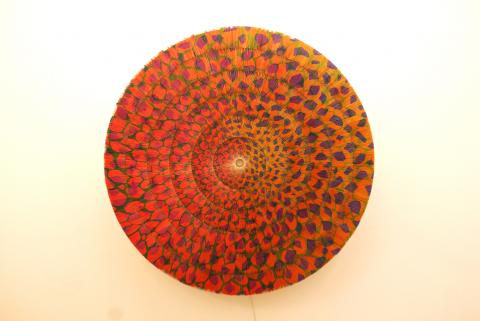
Photo: Noah Buchan, Taipei times, and courtesy of Mia Liu
Though an official Guggenheim show has yet to materialize for Liu, she did convince the museum to sell her 200,000 of its tickets, 60,000 of which she has used in Guggen’ Dizzy, a large-scale trompe l’oeil sculptural triptych currently on view at IT Park. The sculpture is part of I Can’t Tell You, but You Feel It (我無法告訴你), a solo show of her work that includes photography and installation. This review focuses on the sculpture.
Guggen’ Dizzy appeals because its simple elements combine in a way to create complex visual illusions reminiscent of optical art. Liu began the work with a series of doodles, sketches and drawings of basic geometric objects, scanned the bits into a computer and pieced them together to form a template of the sculpture’s overall design.
With the help of assistants, she attached, one by one, 20,000 tickets to one of three circular boards, each made up of six concentric circles. Colored masking tape was stuck to the edges of the tickets, that when combined form the original patterns. The boards were then mounted onto metal brackets and clamped onto a motor, which when switched on rotates slowly. The three-panel sculpture took three years to complete.

Photo: Noah Buchan, Taipei times, and courtesy of Mia Liu
Watching the sculptures rotate is a thing to behold because the colors and shapes constantly shift depending on how light is refracted off their surfaces. Are they a kind of mandala, meant as a prompt to contemplate the flux and impermanence of existence? Or perhaps their constantly changing appearance is a metaphor for the contingency of human perception.
Liu offered a more mundane explanation.
“It’s just about mixing different colors with light [based] on patterns that I draw on a daily basis,” she said.
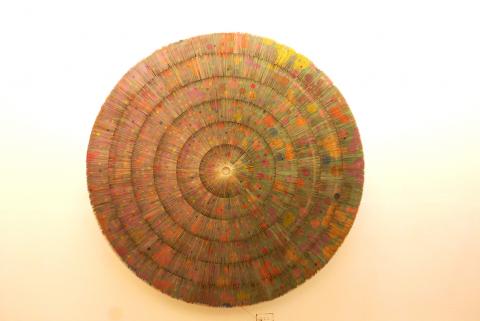
Photo: Noah Buchan, Taipei times, and courtesy of Mia Liu
Reflecting on the exhibit’s title, Liu’s meaning becomes clear. We aren’t supposed to use our reason to look for any deeper meaning, but feel and experience the sculpture’s aesthetic beauty.
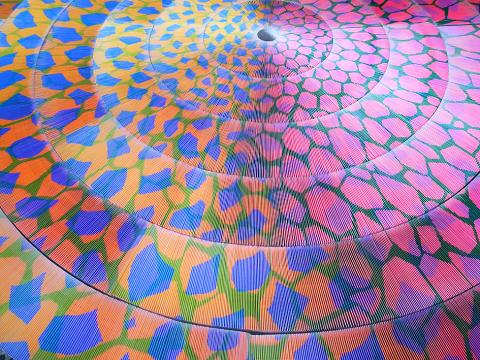
Photo: Noah Buchan, Taipei times, and courtesy of Mia Liu
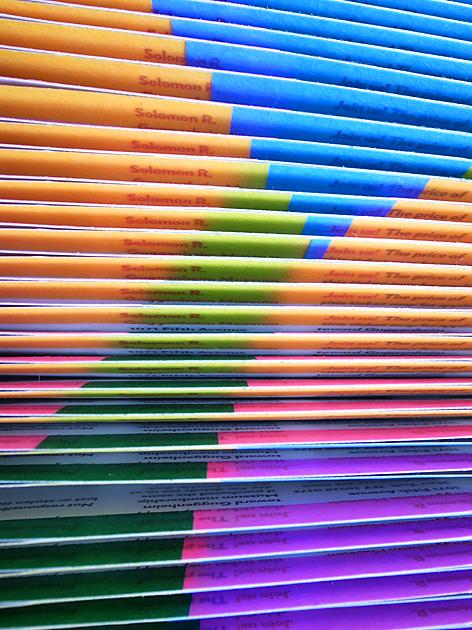
Photo: Noah Buchan, Taipei times, and courtesy of Mia Liu

Photo: Noah Buchan, Taipei times, and courtesy of Mia Liu
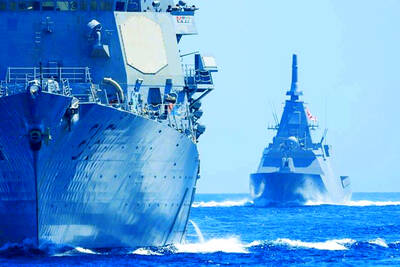
It’s always a pleasure to see something one has long advocated slowly become reality. The late August visit of a delegation to the Philippines led by Deputy Minister of Agriculture Huang Chao-ching (黃昭欽), Chair of Chinese International Economic Cooperation Association Joseph Lyu (呂桔誠) and US-Taiwan Business Council vice president, Lotta Danielsson, was yet another example of how the two nations are drawing closer together. The security threat from the People’s Republic of China (PRC), along with their complementary economies, is finally fostering growth in ties. Interestingly, officials from both sides often refer to a shared Austronesian heritage when arguing for
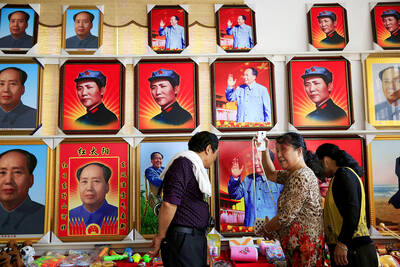
The ultimate goal of the Chinese Communist Party (CCP) is the total and overwhelming domination of everything within the sphere of what it considers China and deems as theirs. All decision-making by the CCP must be understood through that lens. Any decision made is to entrench — or ideally expand that power. They are fiercely hostile to anything that weakens or compromises their control of “China.” By design, they will stop at nothing to ensure that there is no distinction between the CCP and the Chinese nation, people, culture, civilization, religion, economy, property, military or government — they are all subsidiary

Nov.10 to Nov.16 As he moved a large stone that had fallen from a truck near his field, 65-year-old Lin Yuan (林淵) felt a sudden urge. He fetched his tools and began to carve. The recently retired farmer had been feeling restless after a lifetime of hard labor in Yuchi Township (魚池), Nantou County. His first piece, Stone Fairy Maiden (石仙姑), completed in 1977, was reportedly a representation of his late wife. This version of how Lin began his late-life art career is recorded in Nantou County historian Teng Hsiang-yang’s (鄧相揚) 2009 biography of him. His expressive work eventually caught the attention
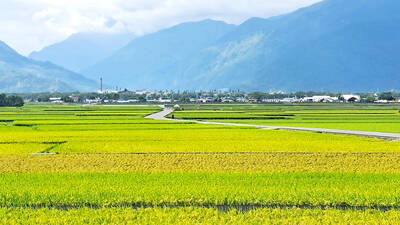
Late last month the Executive Yuan approved a proposal from the Ministry of Labor to allow the hospitality industry to recruit mid-level migrant workers. The industry, surveys said, was short 6,600 laborers. In reality, it is already heavily using illegal foreign workers — foreign wives of foreign residents who cannot work, runaways and illegally moonlighting factory workers. The proposal thus merely legalizes what already exists. The government could generate a similar legal labor supply simply by legalizing moonlighting and permitting spouses of legal residents to work legally on their current visa. But after 30 years of advocating for that reform,